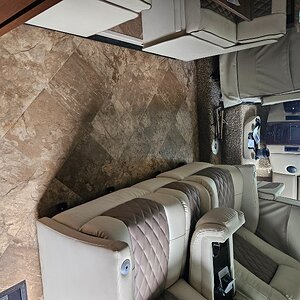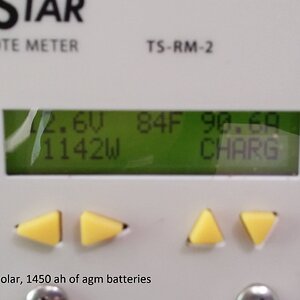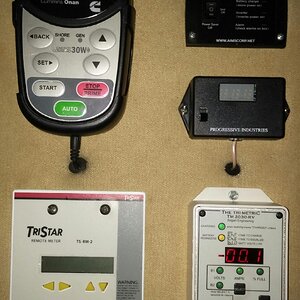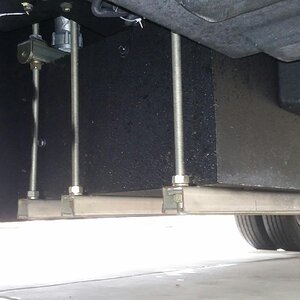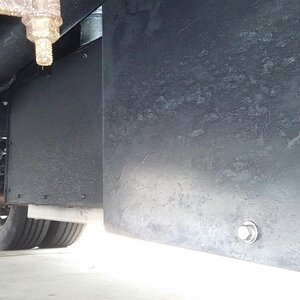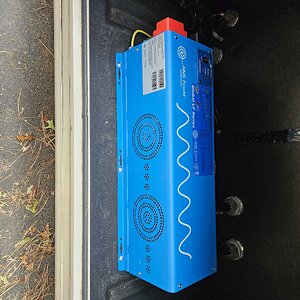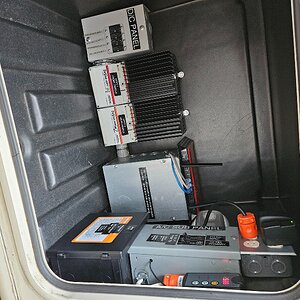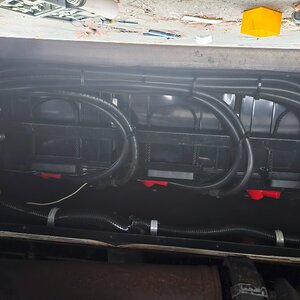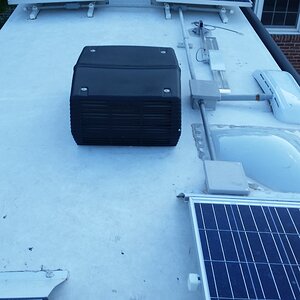Kevin D Pem
RVF 5K Club
- Joined
- Jul 29, 2020
- Messages
- 5,268
- Location
- AZ
- RV Year
- 1984
- RV Make
- Alpinelite
- RV Length
- 26'
- TOW/TOAD
- 2016 Ram 1500
- Fulltimer
- Yes
Might I add!
If I were ever planning to connect to the grid! I would invest in a inverter/charger. That eliminates the following, because it is included in one box!!!
Transfer switch
Converter
It is My understanding that the inverter in these units are low frequency/low voltage inverters. Although they are heavier, bigger, and more expensive. They are also the BEST money can buy, and will outlast the low end garbage 10 times.
I have such an inverter without the charging capability, and the reason has been stated in the lines above. Don't ask the brand! Because I built it from parts.
If I were ever planning to connect to the grid! I would invest in a inverter/charger. That eliminates the following, because it is included in one box!!!
Transfer switch
Converter
It is My understanding that the inverter in these units are low frequency/low voltage inverters. Although they are heavier, bigger, and more expensive. They are also the BEST money can buy, and will outlast the low end garbage 10 times.
I have such an inverter without the charging capability, and the reason has been stated in the lines above. Don't ask the brand! Because I built it from parts.


